Grains, Fuel and Pigeon Racing – Suggested Rations
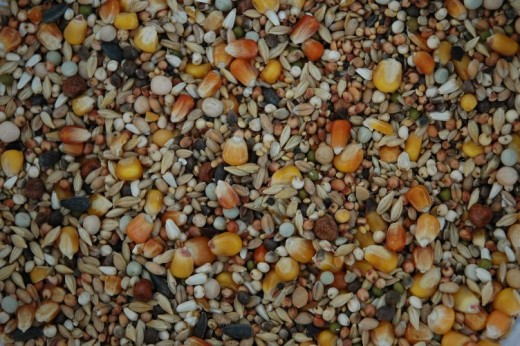 The composition of the rations given in this section aren’t written in stone, but are suggestions ONLY, and can be modified according to the experience of the fancier, and to the availability of supplies of grains, their cost, ect. In all situations, all year long, there is also a basic need for an insoluble granite grit for grinding grains in the gizzard, plus oyster shell, or calcium rock chips as a source of calcium, in addition to a wide-ranging loose mineral mix containing salt (to encourage birds to eat the mineral), and once or twice a week, a multivitamin mix in the drinking water. Some fanciers use calcium flour as a source of calcium, but because it is fairly fine, it tends to move out of the gizzard into and through the intestines fairly quickly, so that there may be insufficient absorption of calcium for body needs. A better source of calcium is oyster shell or calcium carbonate chips, which, because of their larger size, are retained for a longer period of time in the gizzard, and can provide a fairly steady supply of calcium to the system. Oyster shell used for laying hens may be to large for pigeons and should be broken into a smaller size with a hammer, ect.
The composition of the rations given in this section aren’t written in stone, but are suggestions ONLY, and can be modified according to the experience of the fancier, and to the availability of supplies of grains, their cost, ect. In all situations, all year long, there is also a basic need for an insoluble granite grit for grinding grains in the gizzard, plus oyster shell, or calcium rock chips as a source of calcium, in addition to a wide-ranging loose mineral mix containing salt (to encourage birds to eat the mineral), and once or twice a week, a multivitamin mix in the drinking water. Some fanciers use calcium flour as a source of calcium, but because it is fairly fine, it tends to move out of the gizzard into and through the intestines fairly quickly, so that there may be insufficient absorption of calcium for body needs. A better source of calcium is oyster shell or calcium carbonate chips, which, because of their larger size, are retained for a longer period of time in the gizzard, and can provide a fairly steady supply of calcium to the system. Oyster shell used for laying hens may be to large for pigeons and should be broken into a smaller size with a hammer, ect.
Rations for Breeding, Rearing and Moulting
Three to four weeks ahead of pairing birds, increase the percentage of legumes (peas, beans, lentils, ect.), plus a high -protein pellet (18-28% protein) which also contains a broad range of vitamins and minerals. A non-medicated pellet, such as an 18% protein finisher pellet prepared for broiler chickens, or a 28% protein turkey pellet are examples of useful pellets. I use a 28% protein pellet called Milk Plus produced by Cargill (Nutrena Feeds). Aim for a final protein level of 17-18% which is ideal for fertility, hatchability, growth and development of youngsters.
The reason for the 3-4 week interval before pairing the birds is to ensure that the systems of both sexes are well fortified with all of the nutrients that are important for high fertility, ect., as just mentioned. Too often, in my experience, before the breeding season fanciers don’t change from a relatively bland off-season diet to one higher in a range of important nutrients, until after the eggs are laid. One problem with this can be clear eggs, or at hatching, weak or dead-in-shell youngsters. To avoid this situation, improve the diet ahead of the breeding season, much as sheep breeders do when they “flush” their breeding animals by putting them on a higher plane of nutrition, e.g., higher levels of protein, plus vitamins and minerals ahead of the breeding season. )Note that black eggs, or dead-in-shell or weak youngsters can be the result of bacterial infections in the egg,, i.e., E. coli and paratyphoid infections, ect., If this is a persistent problem, be sure to take some of these eggs or youngsters to your veterinarian for bacterial culture.)
One suggested breeding ration mix that will provide between 17-18% protein:
30-35% peas (green, white or yellow peas, or combinations of these), but only 5% maple peas which contain high levels of substances that interfere with the digestion of protein). Peanuts, sunflower seeds, ect., for their high protein and fat content can be included here, as well. 15% livestock/poultry pellets (18-28% protein) 20-25% wheat 25-30% corn 10% safflower
Other grains/seeds can be added as you see fit-rice, millet, milo, flax etc., Obviously, the total percentage of all grains used must be 100.
Because young birds continue to grow and develop for many months, I believe that they should be maintained on the ration on which they were reared, or on one similar to it. As they begin to train and race, they can have more grains high in carbohydrate and fat for the energy they provide.
Similarly, I believe that next year’s races are won, in part, during the current moult in which nutritional demands are very high to complete the annual change of feathers. For this reason, the diet should be one that supports the high demand for the quality of protein needed for the growth of quality feathering. Proteins are comprised of smaller units called amino acids, of which there are some 22. Those amino acids containing sulfur, especially methionine, are key to good development and growth of feathers. A very good short article from Melvyn John of Vydex Animal Health in the British Homing World weekly for October 6/00, explains the need for high quality protein during the moult. The author feels that ordinary grains in pigeon rations will not supply enough of the much needed methionine, and so recommends supplementation on a daily basis. Commercially available amino acid solutions can help, but also, supplements containing fish meal, for example, in pelleted feeds, can be useful here. The author also recommends vitamin (especially vitamin C) and mineral supplementation during the moult.
Racing Mixes–Old Birds and Young Birds
“Light” Mix- often used in widowhood racing.
Light mixes are said to be easily digestible (whatever that means), and allow the digestive system to rest after the stresses and strains of the previous weekend’s race. After a few days on these light rations, birds (especially widowers) can be shifted gradually to a Heavy Mix (see examples) in preparation for the next race. A Light mix with a change to a Heavy mix can also be useful for birds on the natural system, or those on a celibacy system, a common system in Australia, I understand.
Some examples of a Light Mix: 100% barley, or 50% (or more) barley and the balance composed of a mix of equal parts rice, wheat, small seeds and safflower, fed as birds return from the races and early in the week, after which there is a gradual shift to the Heavy Mix by shipping day. Other examples follow.
“Heavy” Mix: Heavy mixes are those that contain more protein than the Light mixes, and definitely more carbohydrates for the production of fat. For longer races, the addition of some high-fat grains and seeds to the Heavy mix toward shipping day seems to make sense. One example of a Heavy Mix:
20 -25% peas
40-45% maize (corn)
25-30% wheat
5-10% livestock/poultry pellets (18-28% protein)
5-10% safflower.
Because of their high percentage of fats, grains such as peanuts, sunflower seeds, etc., can be added as sources of fat as shipping day approaches , especially for long races, including endurance races. If these high-fat, high protein grains are added to the ration, be sure that there are also lots of high-carbohydrate grains present, as well- such as wheat, corn, rice, oats, etc.. High fat, high -protein grains can interfere with fat production by the liver, but if a lot of high-carbohydrate grains are fed at the same time, interference with fat production by the liver doesn’t seem to be a problem. Some fanciers will feed 80-100% corn plus some peanuts or sunflower seeds on the last 2-3 days before shipping to a long race.
Other Widowhood Diets- Suggestions:
British Widowhood Racing Mix: Racing mix: equal parts maple peas, tares, wheat, milo, white dari, safflower, buckwheat, rice, oat groats. The daily schedule begins on Sunday on the assumption that the birds were raced the day before (on Saturday).
Grains, Fuel and Pigeon Racing Part 1 – Introduction
Grains, Fuel and Pigeon Racing Part 2 – Protein, Carbs & Fats
Grains, Fuel and Pigeon Racing Part 3 – Suggested Rations
Grains, Fuel and Pigeon Racing Part 4 – Daily Schedule
Grains, Fuel and Pigeon Racing – Feed table
Grains, Fuel and Pigeon Racing – Suggested Rations By Gordon Chalmers, DVM
The Leading Online Pigeon Racing and Racing Pigeons Magazine – The Pigeon Insider

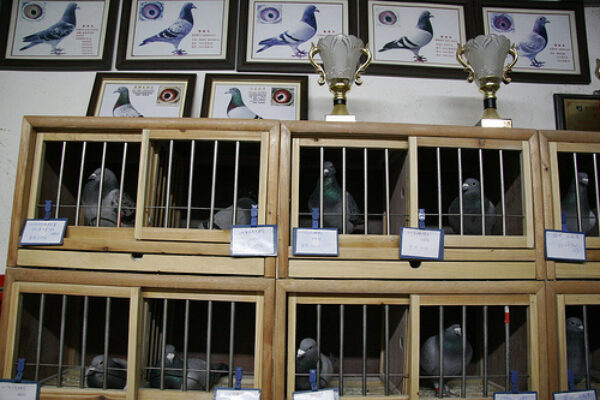


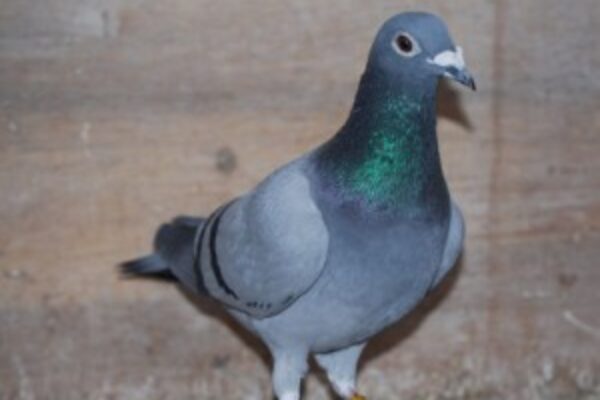
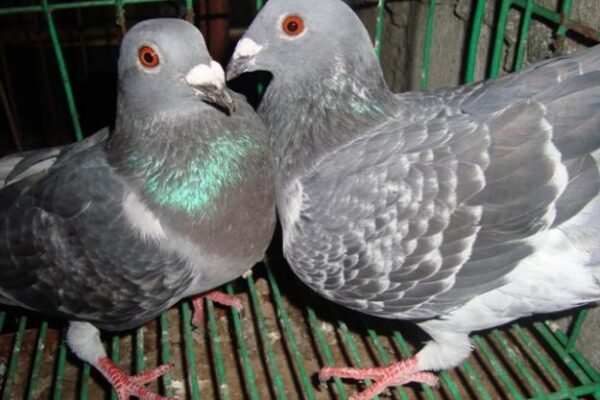
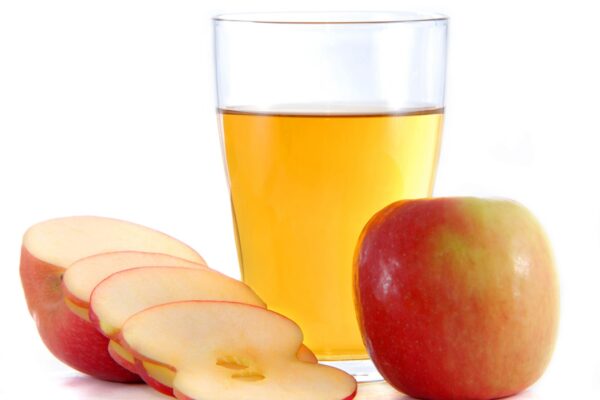


tnaks for informations
thanks for a very helpfull program. I enjoyed it very much. I now need help.
Is it possible to help me with a good middle to long distance race program. I am a member of the ‘PWDU’ and we are starting now with middle distance racing.
I wil apreciate it very much.
Stoffel
Stoffel:
Not sure what I can do to help you build a program to accomplish your task. Not sure what a PWDU is?
What you are asking covers a vast subject. Birds, weather conditions, motivation, widowhood v natural, race schedule, time, set up for races, feeding, and a whole slew of variables. So to ask a general question of how one would help you to build a program to accomplish the task, will require a book. And, I’m not professing to be a champion flyer, but am willing to give you my two cents worth, if it would help. I’m quite sure ther are better flyers out there that can give you additional info. that are much more worthy than myself. You need to be more specific.
Boggart, I have not said what the base mix consist of. This, as I have written, is an all year round mix. It is the base from which it is adjusted for the task at hand. To simply say to feed according to an article is courting disaster. The birds will tell you if the feeding is adequate. You then adjust accordingly. Plus it would appear that where you are flying gets hot early. 80’s-mid 90’s by May and that is before the races start, thus the need for a different type of feed regiment as opposed to where I fly. Feeding birds for training flights are a bit different than when you are racing them. So I’m not sure what you are asking.
My comments above is just referring to what I believe the feeding curve to be. I also am adding what I feed and when for my particular geography and that I have a mix at the base of my feeding regiment that is fatty acids balanced. I do not advocate feeding a diet high in sunflower or safflower seeds, nor do I use a mix that has too much beans or peas, but the use of a diet that will give the proper amount of proteins needed from grains that are better for the digestive track.
You need to be a bit more specific.
our race will start on may 08 to 22,2010,and we are on club training till april 22,2010.would it be right if i feed them the suggested ration that was published in your article from training to race proper?Our temperature is ranging from 30 to 35 celsius.
thank you and god bless
Sorry Terry, I do not know what part of the country or where you are writing from. I’m in the mid west of the US. We fly a course that is heavy cross winds and headwinds. No tail winds. Our 300 can turn out to be a 900 yarder on any given weekend, not to mention the same for 200 and up. I believe that with a 35-45% barley diet with added rice that is adjusted against the base mix (I’m not sure what part of the week you are feeding this), this will hamper the birds should they come upon a “ball buster” of a race. The birds will not have much in the tank or muscles to battle heat, humidity, and the winds. Don’t forget these are young birds still developing.
Adding this amount of barley and rice to the base mix, drastically decrease the fats and protein that the body needs. Especially we all know that after the birds switches from using the glucose in their body, which is a short time, they switch to the fats. if that is not in ample suppy, then this will hamper the birds performance if they hit a hard race. I can see this to be a california mix where the speeds can reach anywhere up to 2400ypm on any given weekend. No fat needed here, just keep flapping in the jetstream to keep going. Barley and rice, low fat, low protein, high fibre and high carbs.
Again, I’m not sure of your course, or when you’re feeding this mix. My mix was developed by a Belgian feed company, by one of their top pigeon feed experts that worked on most of the brand names today. He developed the mix as a BASE all year round mix. Of course it is to be adjusted regarding the task at hand. One of the concern was the digestibility, omega 6:3 balance, no beans, and moderate peas. It incorporated over 21 different seeds to give ample absorbable nutrition.
Not sure about the UK’s course or the availability of grains there, but here in the mid west, this is seed country. What we do not get here is brought in by truckloads from Canada, such as sterilized hemp seeds. Incorporated into a mix with mung, toasted soy, flax, milo (2 kinds) and many other, with oats, rice and barley in a mixture that is high in fats, protein and carbs. Balanced with the omega 6:3 of 3:1 with ample amount of fiber for the digestive/intestinal system. I will try to pick up the DVD. Thanks for your suggestion.
Thanks Terry for your feedback. I will agree with you on the OB season. For YBsm as Ad Scharlakens once wrote, the feeding for YBs should be a bit different. YB’s digestive system does not like the curve much and what he does is to keep the feed the same mix throughout the season. I do not know if this is a fact or not, but what he does agree with is the building of the fats earlier, than trying to do so at the end.
I believe that the feeds sould be easily digestable and is well balanced between omega 6:3. This is better for the birds immune system and overal health. It is ok to feed safflower and some sunflower hearts, but this this not be more than about 3-5% of the mix. These two seeds are jam pack wit omega 6. Good fats and good omega 3’s can be gotten from hemp and flax. For he longer distances, the birds should be prepped about 2 weeks, with added peanuts, just a few/bird in the last week before the long race, starting on the monday, with shipout being on thursday, as opposed to packing them on shipout night with peanuts.
I myself like to adjust the YB mix from the basic bag you buy. I like to add at least 35-45% barley with added rice.If you purchase jim Jenner’s DVD’s Secrets of Champions,frank tasker has an excellent mix to try,tweek it as needed.I have not tried using sunflower seeds yet,something to think on since hemp is so hard to get.Feed is the most important thing to learn, and the hardest,and an art,hope this helps.
terry
Oh one other comment. If one feed base on the curve of light to heavy, based on the article’s definition of light to heavy, it would appear that one would be feeding a lighter protein mix in the earler part of the week, and more protein at the end of the week before the race. High protein at the backend of the week and before the race saps the birds liquid to digest these heavier protein feeds thus dehydrating the birds before the birds take to the sky. On hot days we do not want to do this. So, light to heavy means in my opinion, a ligher energy feed in the earlier part of the week with more heavy energy mix as you headtowards the end of the week. Have the fats built and store before thursday, and carb and fat load the birds at the end of the week.
It seems we are on the same track here. Very good comment on the article, the readers should learn from reading this.I myself like to feed lite to heavy, more so durning the OB season when the birds have to fly a longer distance and diet is more important.
terry
Light to heavy mixes refers to low energy to high energy, not protein mixes.
What this means is that the birds are given a heavier protein mix earlier, with more fats and carbs in the earlier part of the week. This means that if the birds come off a tough race the weekend before, this higher protein is needed to repair the muscles and also build up the fats and glucose levels that has drained from the previous weekend’s effort. This higher protein also does another thing, it helps the bird from coming into form too early. At the back end of the week, and before the race, the birds are given more heavier carbs and fats to build up their fat reserves and blood fats/carbs reserves. One must also not that it takes at least a couple of days to build up the fat reserves, so trying to build it on Thursdays is not doing so, only saturating the blood which will be used first in the initial fight before tapping the fat depot.
It also must be noted that birds fly faster on carbs vs fats. Thats why it is advisable to give more carbs at the back end, kind of carb loading before they start to tap the depots for fats.
Of course the feed schedules must be tapered for the race at hand and the condition the bird is in coming off the previous race. Obviousy, if the birds are coming off an easy race, there is no need to jam pack the birds with high protein feed and overload the system with high fats if the next race is a sprint or short middle distance race, ie under 4hrs. It is advisable to clean out the birds the next day, after the race with a depurative mix, but on the return, a couple of hrs after the bird has settled, it can be given its normal fee plus some rice to build up the carbs used up.
Hope this help.
Tanks for this information
hanks for this information